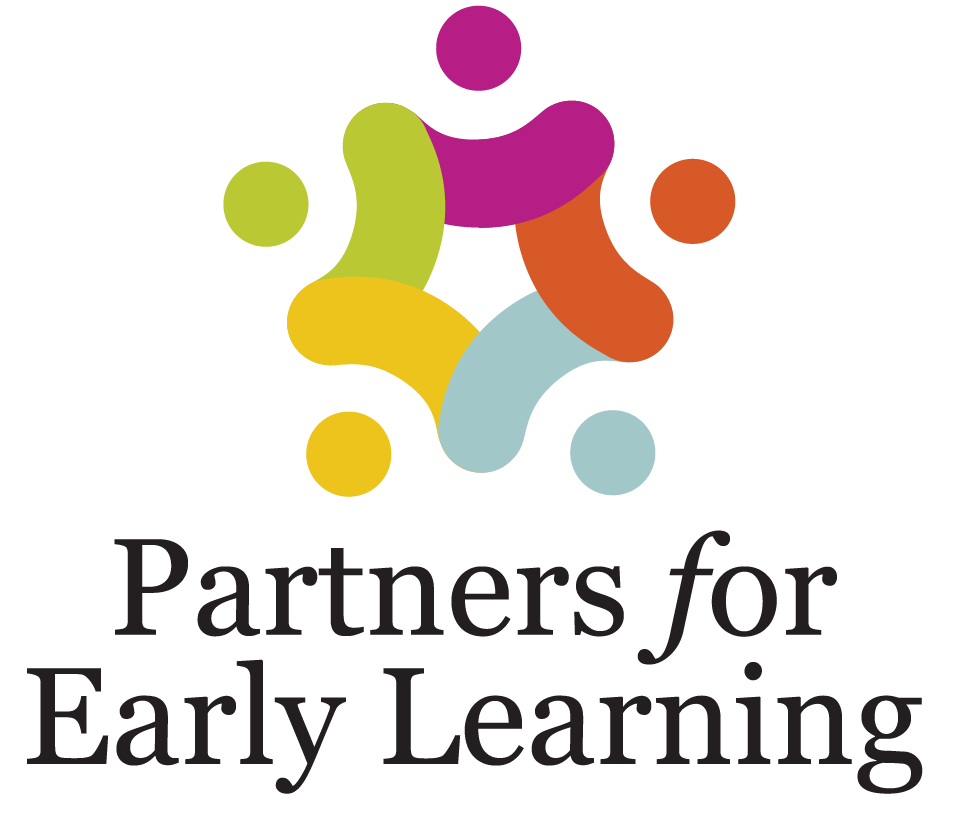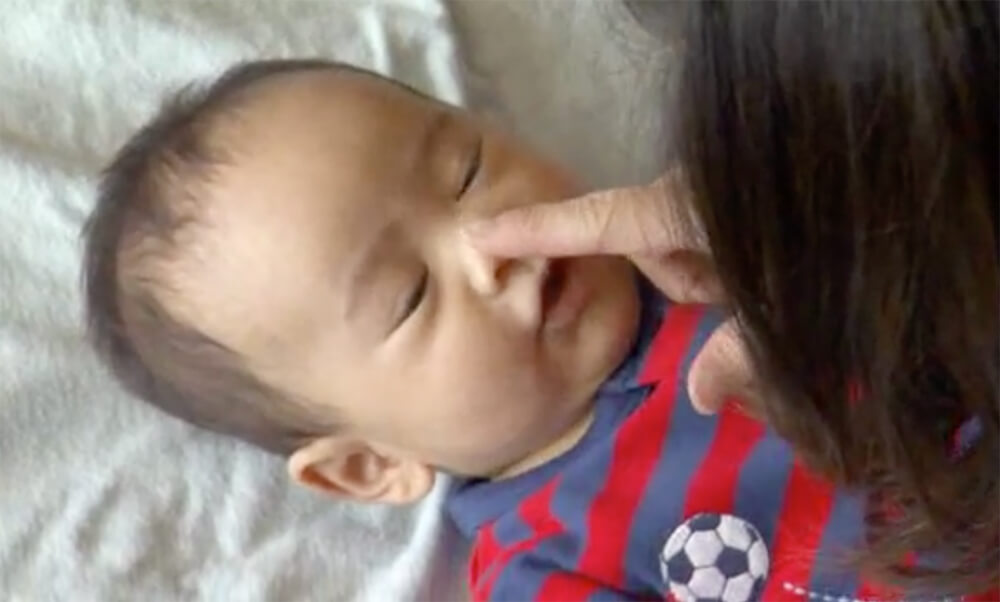In your first 6 months together, getting to know your baby means learning to read their cues. Some cues can be understood more easily, while other signals from your baby might take a while to figure out. Watching for the subtle signs and responding sensitively helps to give your infant a feeling of being safe and secure. There is a lot of evidence that suggests that responding sensitively is one of the most important things parents can do to help their child form a secure attachment to them.
References:
Ainsworth, M., Blehar, M., Waters, E. & Wall, S. (1978). Patterns of attachment: A psychological study of the strange situation (Vol. xviii). Oxford, England: Lawrence Erlbaum.
Gianino, A., & Tronick, E. Z. (1988). The mutual regulation model: The infant’s self and interactive regulation and coping and defensive capacities. In T. M. Field, P. M. McCabe & N. Schneiderman (Eds.), Stress and coping across development (pp. 47-68). Hillsdale, NJ: Lawrence Erlbaum.
Gunnar, M. R., Borderson, L., Nachmias, M. (1996). Stress reactivity and attachment security. Developmental Psychobiology, Vol. 29(3), pp. 191-204.
Sumner, G., & Spietz, A. (Eds.). (1994). Ncast caregiver/parent-child interaction feeding manual. Seattle, WA: NCAST.
Tronick, E.Z. (1989). Emotions and emotional communication in infants. American Psychologist, 44, pp. 112-119.
Weinberg, M. K., & Tronick, E. Z. (1994). Beyond the face: An empirical study of infant affective configurations of facial, vocal, gestural, and regulatory behaviors. Child Development, 65(5), 1503-1515.

